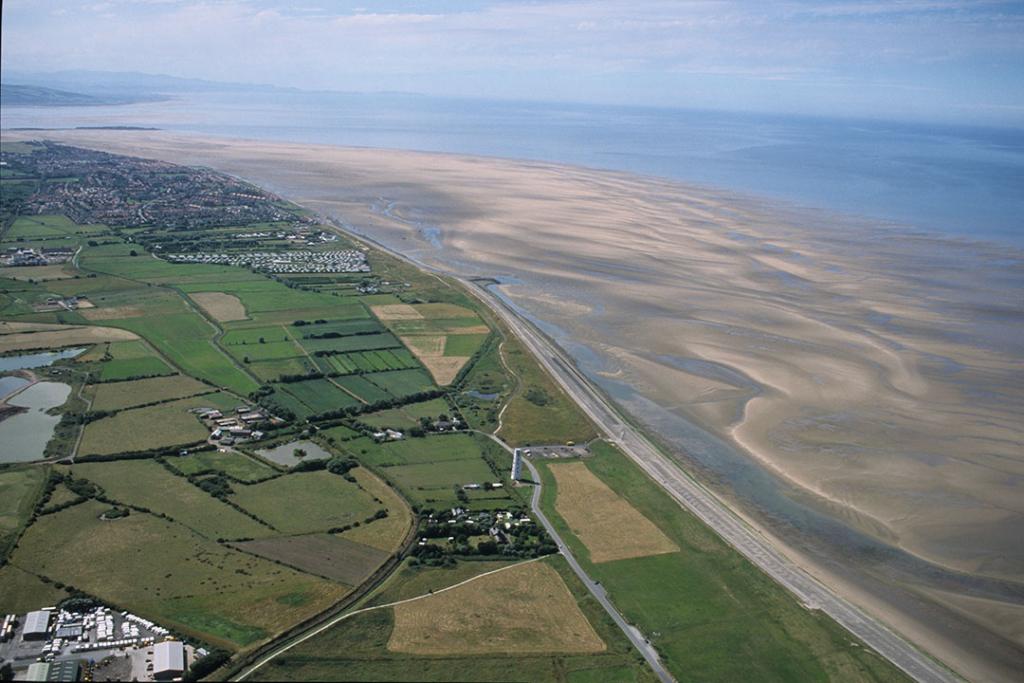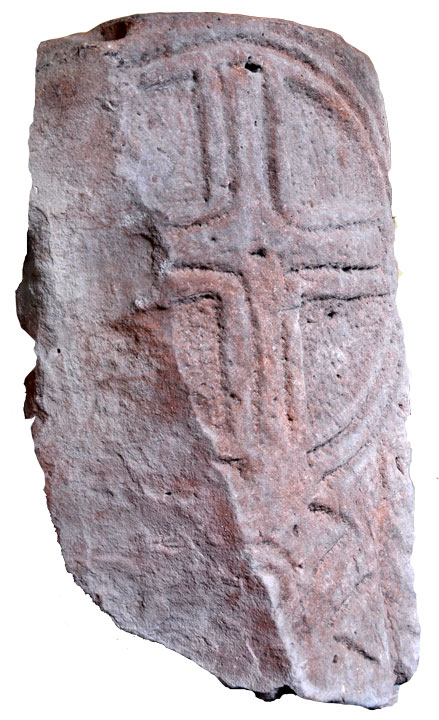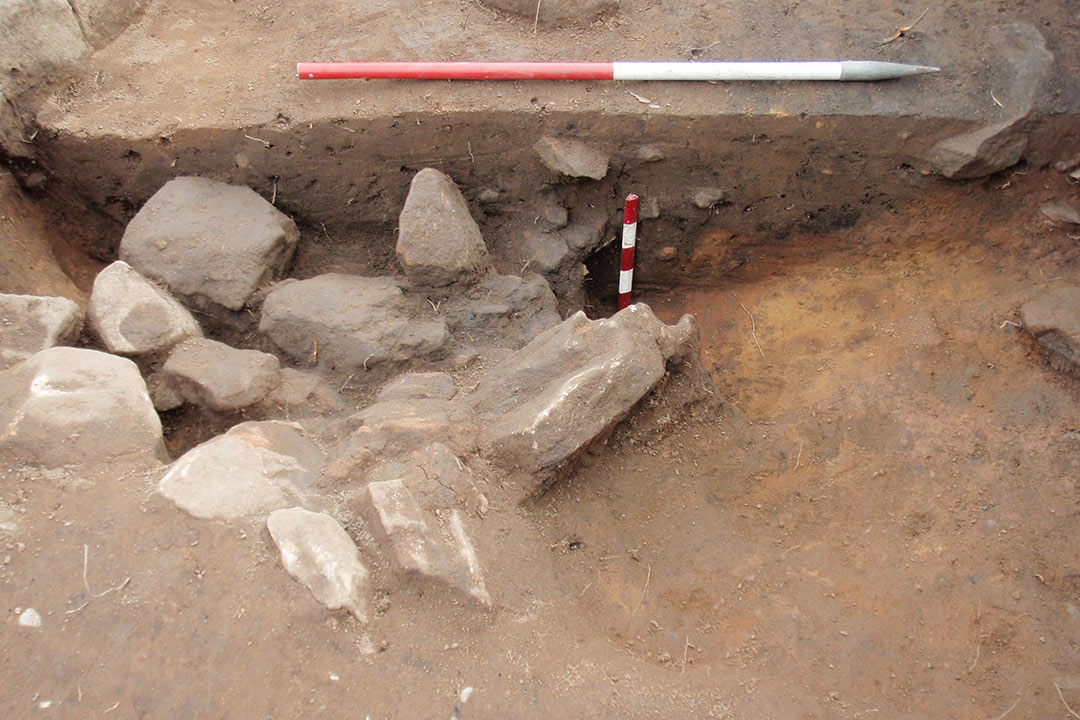Where’s our Sutton Hoo?

The fantastic film The Dig on Netflix, has got the archaeological world very excited – the story of Basil Brown’s exploration of Sutton Hoo in 1938-1939 is a classic in the history of archaeology. In 2025 a new Time Team documentary special also promises to reveal exciting new discoveries about the site.
Sutton Hoo is unique, a site of Anglo Saxon burial mounds, locally known as ‘hoos’ – hills/promontories from the Old English ‘hoh’. The burials contained amazing arrays of prized objects indicating that these are burials of the royal family of the Anglo Saxon Kingdom of East Anglia.
The term ‘Anglo Saxon’ refers to people from northern Germany and Denmark who came to Britain from the mid-5th century AD, shortly after the withdrawal of the Romans from Britain. These new settlers joined the Romano-British people then living in England. The excavations at Sutton Hoo – in the late 1930s and subsequently – revolutionised our understanding of this period.
So where is our Sutton Hoo?
However in Merseyside and the North West we only a small amount of tantalising evidence about what this area was like in this period. From placenames it’s clear that people were living here in the early medieval (post Roman, pre Norman) period. Places with -tun, such as Allerton, Walton and Huyton derive from the Old English for enclosure; Speke means twigs/brushwood in Old English, and Fazakerley derives from the Old English for ‘woodland at a boundary’. Even two or our most loved placenames: Anfield and Everton have Anglo Saxon roots! While Tranmere is derived from an Old Norse placename – one of the many indications of Viking presence in Merseyside – from around AD900 - along with Irby, Frankby, Raby and Roby.
Throughout the early medieval period this region was at the boundary of different areas, the Anglo Saxon Kingdoms of Mercia to the south and Northumbria to the north met somewhere in this area. And later the frontier of the Danelaw – the area of Viking control in the east of England – and Mercia fell somewhere in this region too. These places were at an interesting crossroads – the marginal edges of different peoples and cultures.
Early medieval excavations
There are only small number of known/excavated sites in the north west, but those have produced some fascinating finds. At Meols in Wirral, pictured above, a longstanding ‘port’ was identified from finds appearing in the 19th century as the coast was eroding (before the construction of the promenade). Early medieval finds at Meols include brooches, buckles, pins and clothing hooks.
In the 1980s more than 800 graves were excavated on and around a barrow at Southworth Hall Farm, Winwick. There were no grave goods and no radiocarbon dates were obtained, so it’s difficult to date these burials – which were mainly placed directly into the ground, but some in coffins. It was interpreted by the excavators that the site was similar to western British cemeteries of the early medieval period.

Hilbre early medieval cross
Other objects include stone sculpture (pdf), with remains of stone crosses and architectural fragments at West Kirby, Neston, Bromborough, Winwick, Melling and built into the walls of All Saint’s Childwall. These are evidence of the Anglo Saxon conversion of Christianity through the 7th century AD.
Building up a picture
It’s only through persistence that we know as much as we do about the early medieval in our region. Until the 1980s people tended to assume that most earlier evidence had been destroyed in the rapid development of towns and cities in our region in the industrial period. Chance finders and metal detector users are especially contributing to our understanding of this region in the early medieval period. There are currently 948 early medieval objects recorded on the Portable Antiquities Scheme’s database for the North West. Recording chance finds is hugely important as even the smallest object can provide us with an important piece of the puzzle. The Portable Antiquities Scheme for Cheshire, Manchester and Merseyside is based at the Museum of Liverpool.

Corn drier at Hilary Breck, Wallasey
Even for the most astute archaeologist, though, the early medieval is still difficult to identify, largely because there was very little or no use of pottery in this period in this region. Pottery is very important for archaeologists, surviving well in all soil types and identifiably different in different periods it’s often key to dating activity on a site. Without pottery its radiocarbon dating of organic finds which is now more likely to give us a clue. For example at Hilary Breck, Wallasey a sunken feature was excavated and barley, oats and wheat were identified - suggesting that the feature may have been a kiln/corn drier, used to dry cereals prior to milling or storage. Radiocarbon dating confirmed this featured was used from the mid 5th to the mid 6th century AD.
The early medieval finds from this region which tell us about the Anglo Saxon period aren’t as shiny as those at Sutton Hoo - and sadly, unlike Edith Pretty, we also don’t have sherry parties to celebrate our finds - but there’s a very interesting story of the post Roman culture in the north west which is gradually being explored.
